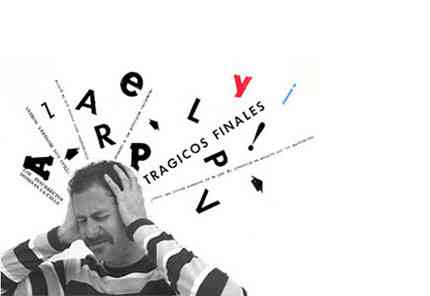
Concrete poetry was modernist in a Greenbergian sense. It embraced all of (Clement) Greenberg‘s ideas. The flatness of the picture plane. There was never an illusionistic space in concrete poetries. Hardcore modernist! And it’s extremely graphic. The first time I saw Netscape in January of ’95, the first thing that really caught me was the interlaced gifs. And I don’t know if you remember that. But at the time on a very slow modem you could actually watch them interlace and fill themselves in. And that is a very similar tactic to what was used in concrete poetry. Concrete poetry often employed the sequential ideas of the flipbook, so that over a succession of pages, like a flipbook you’d actually see a poem grow. This sort of primitive animation that a flipbook gives you was suddenly becoming very visible on the Web. What I was seeing was animation of a gif, but of course the next step was making a gif animated in a series of frames, and with that I thought this is really exactly what concrete poetry was like.
So I took some of my old concrete poetry books (when of course the Web was visual, this was ’96) and I just scanned a couple of things, cleaned them up, and put them up—and backlit on a flat screen it was as if concrete poetry had found its medium that it had really been searching for. And particularly with the idea of animation, I thought my god this is what concrete poetry had been waiting for, for fifty years is this medium.
—From Archinect’s interview with Kenneth Goldsmith, creator of UbuWeb, one of the first websites I bookmarked when I first got on the web at the New School computer lab in the ’90s.